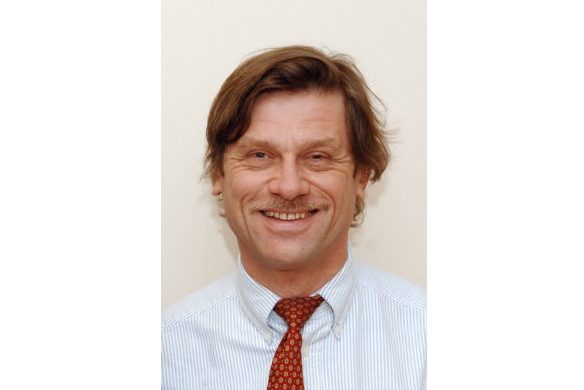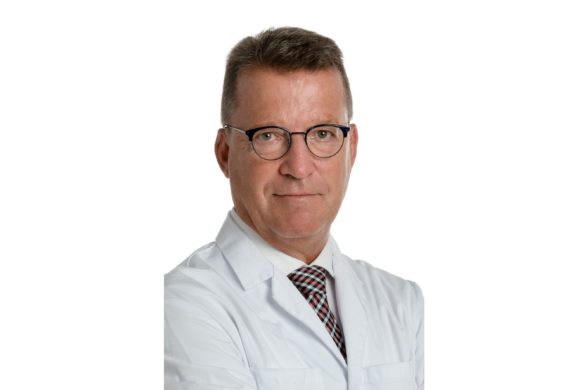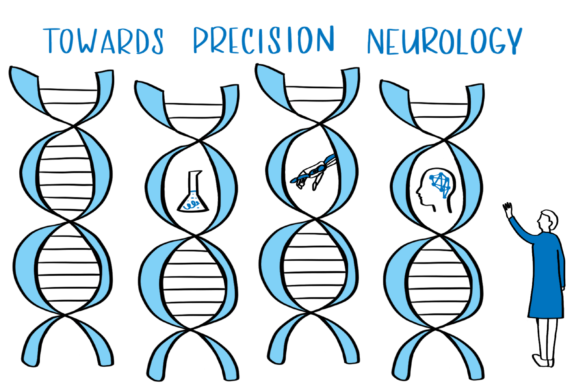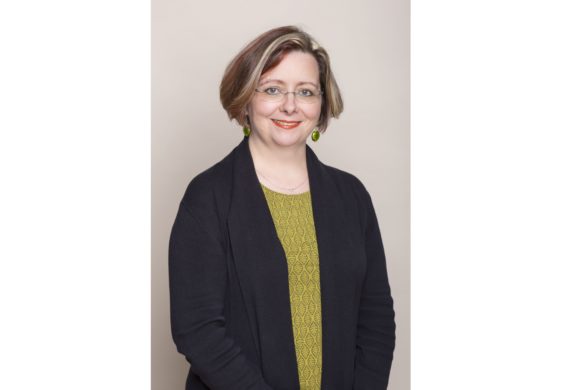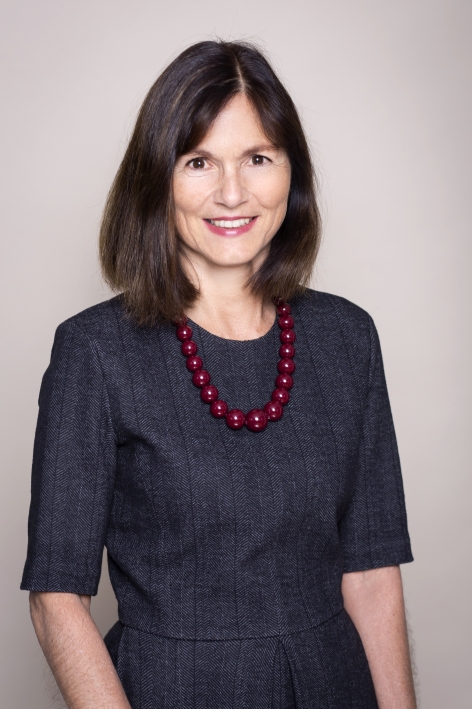
David B. Vodušek (DV): As a senior experienced European neurologist, can you illustrate the role you give to EAN within the community of European Neurologists?
Claudia Sommer (CS): The EAN is the umbrella society for the community of European Neurologists, and I am more than glad that after many years, we have achieved to build one strong society. This gives us a platform to share our research, to teach and learn, to build collaborations, and to be politically active for our specialty.
DV: Can you share with our readers your vision on your role as Chair of the Teaching Course Sub-Committee of the EAN?
CS: We have high aims: Not only to identify the best courses, subjects and teachers, but also to build a balanced curriculum that helps the participants build up a solid and up-to-date neurological knowledge over the course of 5 years. For some, this may be in parallel to their own training, for others it may be brushing up knowledge or diving deep into a subspecialty. Furthermore, we have developed new teaching formats, which will be tested further in Amsterdam, and we are looking forward for feedback about these innovations.
DV: EAN strives to be the overall umbrella for neurology inclusive of all neurological fields, to serve the “general neurologist”. How is your specific area of interest – pain, neuromuscular disorders and neuro-morphology – covered in this respect?
CS: It is important to give all subspecialties within Neurology their room and their place. If course, the focus changes, and some fields are more in the centre of interest than others at a given time. This is not only, but partially, due to reasons of money and compensation. Throughout my career, my subjects of interest have mostly been in the minority league, although they affect a large number of patients. For example, pain is the most prevalent reason for patients to see a doctor. And although many neuromuscular disorders are rare, in sum, they make up a large portion of the burden of neurological diseases. Furthermore, my subjects have allowed me to work in an interdisciplinary environment, which is very stimulating. It is one of the advantages of the EAN, that free from budgetary considerations, all areas of neurology are considered important, at the congresses, for teaching, and for the educational grants.
DV: What is your view on stand-alone Teaching Courses between the EAN Congresses sponsored (in part) by EAN?
CS: Not everybody can travel to an EAN congress, and as in other societies, the EAN brings education to areas where it is much needed. These regional courses have been very successful in the past, and I hope they will go on to be so.
DV: Can you share with our readers your vision on whether EAN pages can help your task as Chair of the Teaching Course Sub Committee of the EAN?
CS: EAN pages is a great means of informal, low-threshold communication between EAN members, and the Office or the Board. The frequently updated content promotes communication, and I hope that my committee will be able to pick up many good ideas and suggestions from readers.
DV: Prof. Sommer I thank you for this very informative interview and wish you and Teaching Course sub-Committee success with its work.
David B. Vodušek
Chair, EAN Liaison Committee
Professor Claudia Sommer works at the University Hospital Würzburg, Department of Neurology, Germany




